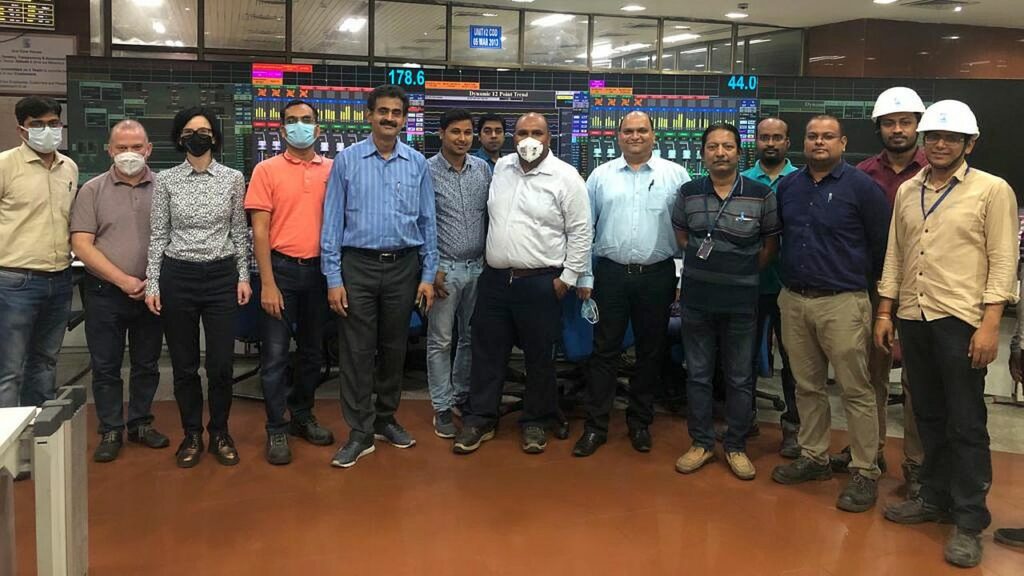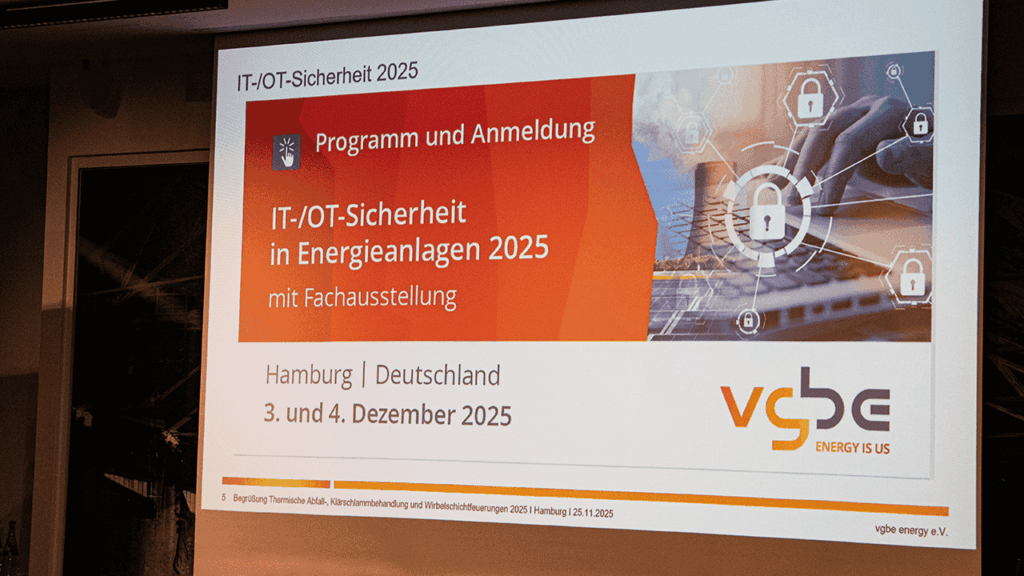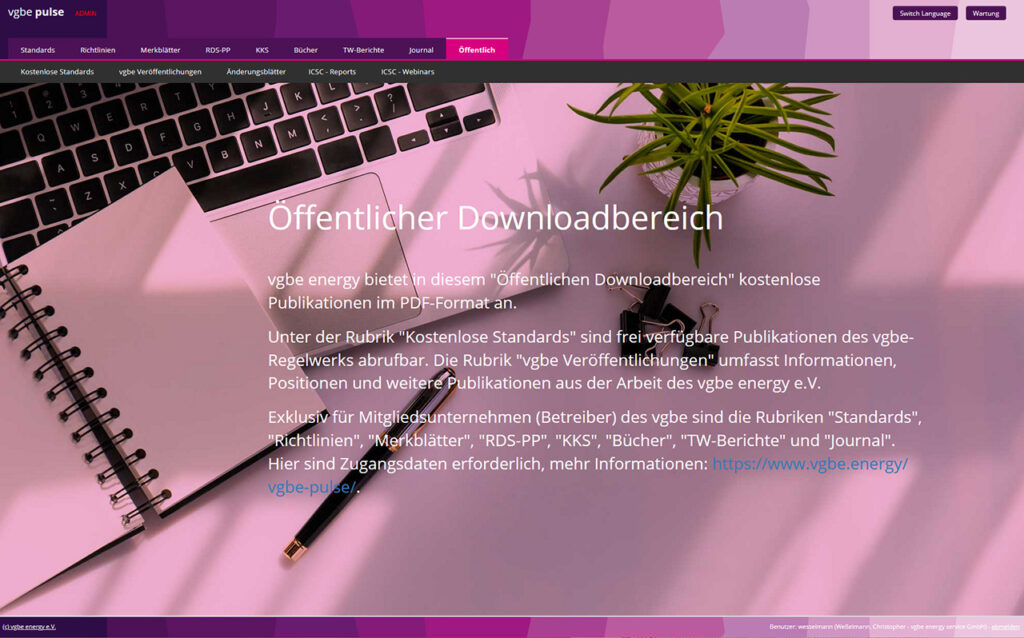Flexibilization has become the new paradigm in thermal power generation in India. Therefore, it is one the key topics of the Indo-German Energy Forum (IGEF). Since 2017 vgbe and partners have been investigating the flexibility potential of coal-fired power plants – based on case studies at four different plants: Dadri, Simhadri, Maithon and Andal. Especially the 500 MW sub-critical units were in the focus of the studies. Flexibility test runs formed the basis for the assessment. The reference plants are operated by the National Thermal Power Corporation Limited NTPC (Dadri and Simhadri), Tata Power (Maithon) and Damodar Valley Coporation DVC (Andal) – a public, a private and a state-owned utility.
The results of the studies were presented to Indian stakeholders in the course of two events held at the end of November 2022 ( News ). Moreover, these results are now also published in the “Flexibility Field Report”. It explains the approach, outcomes and learnings of the studies.

The studies have been initiated and guided by a special IGEF task force on flexibilization. On the Indian side, NTPC, the Central Electricity Authority (CEA), the network operator POSOCO (Power System Operation Corporation Limited) and BHEL (Bharat Heavy Electricals Limited) are involved in the task force. On the German side, both the Deutsche Gesellschaft für Internationale Zusammenarbeit GmbH (GIZ) and vgbe have been supporting the task force on behalf of the Federal Ministry of Economic Affairs and Climate Action (BMWK). The task force is headed by the Director Operations at NTPC, and the Excellence Enhancement Center (EEC) holds the secretariat and coordinates the work. The studies have been conducted jointly by the operators of the reference power plants, GIZ, EEC, Siemens Energy, Steag Energy Services as well as vgbe.
Need for Flexible Thermal Power Plants
To ensure the power supply in the country, India is aiming to double its electricity generation capacity by 2030. The Indian government has also set ambitious goals for the expansion of renewables – aiming to install at least 300,000 MW of solar PV and 140,000 MW of wind power by 2030. The Indian Prime Minister Modi has announced that India will reach a non-fossil capacity of 500,000 MW by 2030. 50 % of India’s energy requirements will come from renewable energy by then. Currently, the renewable capacity excluding hydro power accounts for more than 115,000 MW. These developments will mark a huge change in the Indian power system, as currently around 58 % of the installed capacity (approx. 408,000 MW in total) comes from conventional thermal power plants.
Flexibility Field Report: Results of Flexibility Studies in Indian Power Plants at a Glance
This handbook summarizes the main results and learnings of the studies. It provides an insight into power plant flexibilization which can serve as a blueprint for other Indian plants.



